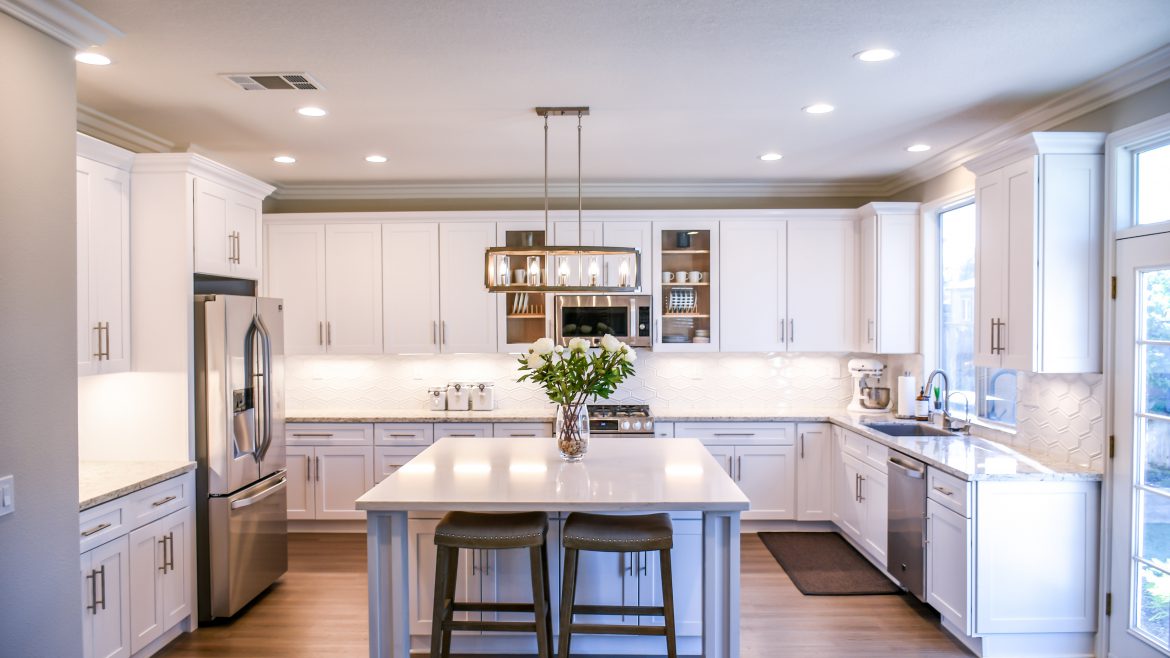Fixture Fever
https://imaginahome.com/wp-content/uploads/2020/08/pexels-mark-mccammon-2724749-1024x683.jpg 1024 683 Nisha Muire Nisha Muire https://secure.gravatar.com/avatar/09971b406125a2f92a37bf65b08fd3c3?s=96&d=mm&r=gYou have chosen your cabinets, your colours, your counters and your sink – you’ve even chosen the lighting for your new Toronto kitchen, but, what about the hardware fixtures for your cabinetry? Although seemingly functional and nothing more, the right fixtures can add tremendous functionality and visual interest to your culinary setting.
IWhen going about choosing the right hardware for your Toronto kitchen, it is best to keep certain two key elements in mind – your theme and your finishes.
Your theme will guide you in deciding on the size, shape and finish of your hardware. For instance, if you have rounded handles on your appliances and curves in your light fixtures, then you might want to keep that theme going with your cabinetry hardware. On the other hand if everything in your home is rectangular then those same curved handles would look odd.
TThe finish of your hardware is also very important. Although it is possible to have your kitchen stand alone, most designers prefer to keep the same finish used in the rest of the home. Brushed nickel is a perennial favorite while copper and bronze add a striking accent to country-style kitchens. Lately, designers have been using brushed gold fixtures as striking accents in more contemporary kitchens.
A good rule of thumb is to match fixtures to the colour of the kitchen cabinets as well as the sink. For instance, if you have a copper sink, then you should probably stay away from chrome fixtures. Making sure that all of your colours meld together is a good way to create a harmonious environment for cooking and entertaining.
Consideration should also be given to whether you install knobs or pulls. If you tend to catch yourself on fixtures, then you are better off using pulls. If you do choose pulls make sure that the family member with the largest hands in the family is able to easily insert their hand into the pull to use it. Pulls should be convenient to use.
On the more premium-end of the scale are copper sinks. These beauties last a very long time and retain their good-looks for generations – however, they are sensitive to acids, heat and harsh cleaning agents and are also susceptible to dings and scratches, which often end-up adding to their cachet. However, be prepared to pay for their elegance and to spend more time maintaining them.
Lastly, be sure to purchase good quality hardware. While it might be tempting to stock up on the cheapest handles you find, those handles might not last as long in such a high-use area. It is better to buy something that has a guarantee and will retain its look and finish long-term.




